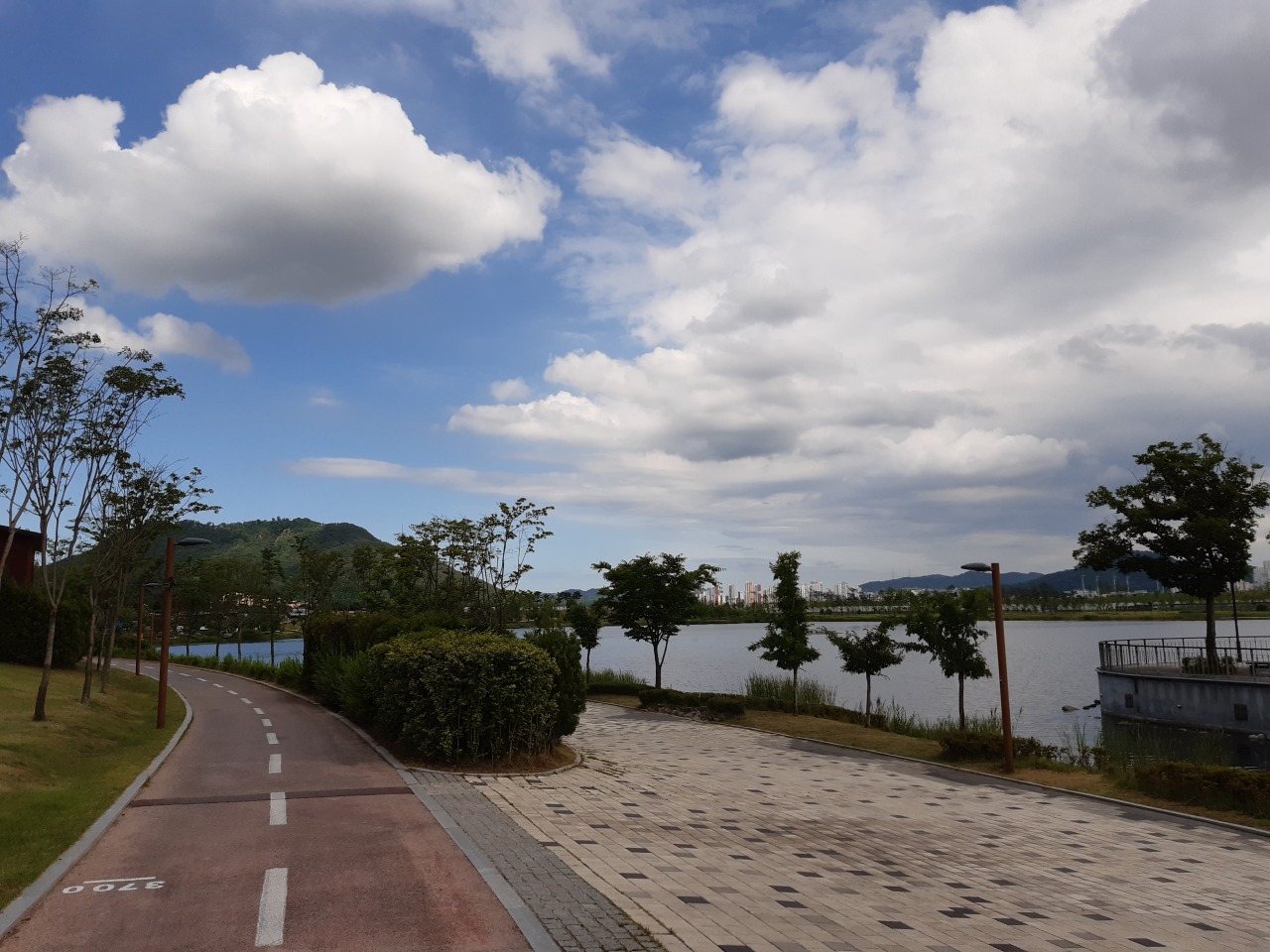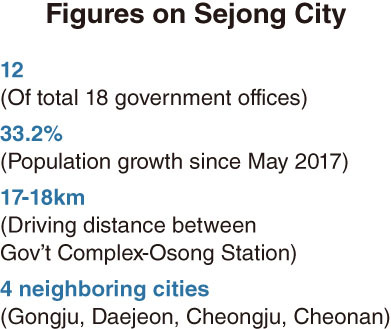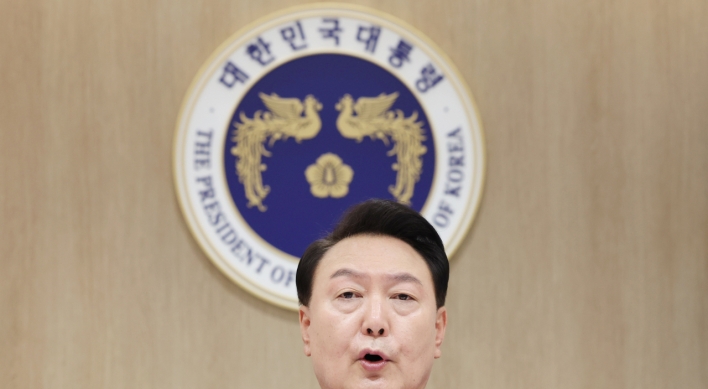[News Focus] Arguments over Sejong Station on KTX Line set to resurface
By Kim Yon-sePublished : June 14, 2020 - 16:40

SEJONG -- The issue of whether to establish a KTX station in Sejong, enabling high-speed train service within the administrative city, has come to the fore again. Earlier attempts to do so faced a tough backlash from residents of Cheongju, North Chungcheong Province, who ultimately won out in the name of regional balanced development.
As a result, the closest KTX station to Government Complex Sejong is Osong Station in Cheongju’s Osong-eup. But daytime travel between the complex and the station takes 20 to 30 minutes by car or bus.
For years there has been a steady stream of complaints from Sejong citizens and visitors to ministries at the complex, who find the situation inconvenient.
The matter has been rekindled as Sejong City is poised to unveil the results of its preliminary feasibility study, which an independent researcher has been working on for the city since last year. The results may be out as early as late this month.
When it commissioned the study, the administrative city highlighted the sharp increase in Sejong’s population and the recent relocation of two more ministries from the Seoul area.
The city also mentioned the project to establish a unit of the National Assembly in the city and the growing population of the neighboring metropolitan area, which includes the northern part of Daejeon.
Plans for Sejong Station, initially proposed in 2017, went down the drain when an earlier preliminary feasibility study found the costs outweighed the benefits 100 to 59. For the project to be deemed feasible, the benefits would have had to at least equal the costs.
The city is looking to build the station in Yongpo-ri or Balsan-ri, Geumnam-myeon -- just south of the Geum River and the government complex, close to Sejong City Hall -- as early as 2025. It would take about five minutes to reach the complex by bus.
In 2018, Sejong Mayor Lee Choon-hee made 145 pledges that would require about 9.3 trillion won ($7.8 billion) to carry out during his four-year term. The Sejong Station project would require an estimated budget of 100 billion to 130 billion won, and the station could serve as a flag stop between the Osong and Gongju KTX stations.
Early this year, Sejong City also unveiled a project to establish an Intercity Train Express station near the government complex, separate from the KTX station.

ITX trains are updated versions of the now-defunct Saemaeul trains, and the new route would allow passengers to travel directly between Seoul Station and the tentatively named Government Complex Sejong Station without stopping. The trip would take about 70 minutes each way.
But the maximum speed of an ITX train is 150 kilometers per hour, compared with 300 kilometers per hour on the KTX.
For the Ministry of Land, Infrastructure and Transport, one hurdle -- even if the Sejong Station project meets the preliminary eligibility criteria -- is the potential backlash from residents of Osong-eup and other parts of Cheongju.
Regional officials in North Chungcheong Province maintain that the government should continue to support balanced development of South Chungcheong and North Chungcheong provinces.
The Sejong Self-Governing City launched in 2012, encompassing parts of the South Chungcheong Province city of Gongju and its Yeongi County, as well as North Chungcheong Province’s Cheongwon County.
When it comes to the proposed unit of the National Assembly, which City Hall is pursuing, a consensus was reached several years ago to build National Assembly Sejong as a subordinate headquarters for lawmakers while keeping the institution where it is in Yeouido, Seoul.
Real estate industry insiders have mentioned three major candidate sites for the Assembly unit -- one in Hapgang-ri, Yeondong-myeon, one beside the Prime Minister’s Office and one beside Sejong Central Park.
By Kim Yon-se (kys@heraldcorp.com)











![[KH Explains] How should Korea adjust its trade defenses against Chinese EVs?](http://res.heraldm.com/phpwas/restmb_idxmake.php?idx=644&simg=/content/image/2024/04/15/20240415050562_0.jpg&u=20240415144419)






